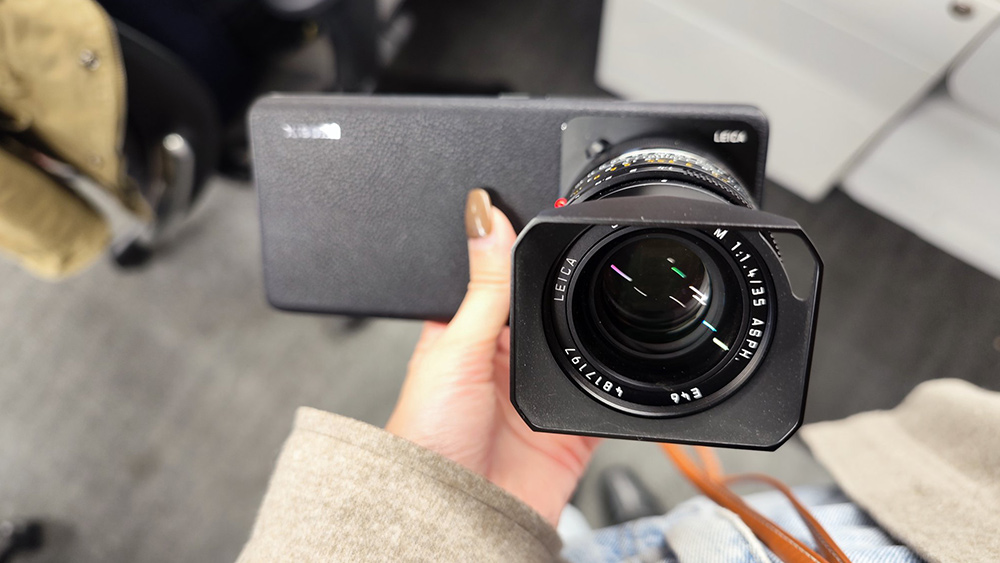
Any photographer will tell you that the lens is more important than the camera when it comes to image quality. But while camera phones have replaced cameras for many people, we still usually have to rely on an array of in-built lenses.
Those lenses have evolved massively, with many high-end smartphones now packing at least three. There's also now a wide range of generic third-party clip-on lenses that can help achieve things such as macro-like shots. But Xiaomi has just shared a concept that would allow its smartphones to use high-end interchangeable lenses (if you're looking for the best options for photography today, see our picks of the best camera phones and the best cameras).
Phone📱? Camera📷? BOTH! What would you classify this as? #Xiaomi12SUltraConcept pic.twitter.com/uzJVzifou4November 2, 2022
The 12S Ultra was released in June with a Leica-branded camera and a big one-inch sensor, but despite the branding and Leica filters, it's no real match for an actual Leica camera. But now Xiaomi's dreamed up a possible solution that would allow Leica M lenses to be attached to a smartphone.
A demo video posted on Weibo shows a concept for a phone with a one-inch, 50.3-megapixel sensor in the middle of the camera island. Light would go straight to the sensor, which would be shielded by a large circular sapphire glass You would attach the lens using an adapter by unscrewing the protection ring. The solution eliminates the need for a cutout to house a lens port. A Leica Summilux-M 35mm f/1.4 ASPH is shown in the demo, but other Leica M uses could also be used. Meanwhile, a camera app would provide some of the helpful UI features you get with a DSLR or mirrorless camera, including data such as a histogram and zebra lines.
Why not just buy a Leica camera? Well, the compact size of smartphones is one of the reasons they've become the preferred solution for many. Even with a chunky lens, a phone would still be easier to lug about than a camera body. Such a slim device with a big lens looks a little bizarre, but it could be a near solution for travel photography for those that like to travel light.
There are a lot of positive responses on Twitter from people wanting to see the concept executed, although some noted that Sony's QX camera series already blurred the line between camera and camera phone almost a decade ago. There's no word from Xiaomi on whether it will reach the market. Reportedly, only a few handsets have been at a production cost reported to be over $41,000. At the price that would have to retail at, we think we'll stick with the new iPhone 14 Pro.
Read more:
Get the Creative Bloq Newsletter
Daily design news, reviews, how-tos and more, as picked by the editors.

Thank you for reading 5 articles this month* Join now for unlimited access
Enjoy your first month for just £1 / $1 / €1
*Read 5 free articles per month without a subscription

Join now for unlimited access
Try first month for just £1 / $1 / €1

Joe is a regular freelance journalist and editor at Creative Bloq. He writes news, features and buying guides and keeps track of the best equipment and software for creatives, from video editing programs to monitors and accessories. A veteran news writer and photographer, he now works as a project manager at the London and Buenos Aires-based design, production and branding agency Hermana Creatives. There he manages a team of designers, photographers and video editors who specialise in producing visual content and design assets for the hospitality sector. He also dances Argentine tango.
